
WITH SO much going on every day, sometimes it seems like it’s a lot easier to keep up with the Kardashians than to do the same with the world.
However, Townsend Harris has many students who are well-versed in the headlines of international news and politics. With the introduction of technology, students can choose from a plethora of ways to get their daily dose of the news, whether it be through a website, a friend, or a good old-fashioned, black-and-white newspaper.
Among Harrisites, the internet is a popular source of quick and easily-accessible information. Senior Ali Chebli keeps up with current events by reading news websites on his way home from school. However, Ali says that he feels as if each news source he consults is completely different. “I believe that my news source, RT, has an unbiased point of view. I tend to avoid CNN when it relates to domestic issues in the US or Middle East because I feel that at times CNN [shows] the viewers with ideas [CNN] set.”
Senior Igor Portnoy watches TV to learn about current events, looking to political satire shows that have been gaining popularity with hosts such as Stephen Colbert and Jon Stewart. When asked why he enjoys these sources, Igor responded, “Every day I enjoy watching [them] because they not only effectively display the news but do it in a comedic way.”
Watching satire news shows may be more appealing than reading the news due to its ability to lighten the gravity of certain topics. The Colbert Report has grown so popular that host Stephen Colbert will soon take over The Late Show, which is currently hosted by David Letterman. In 2013, both The Daily Show and The Colbert Report had very high ratings and viewers, especially in the 18-49-year-old demographic. “They try to capitalize on aspects of stories that can be made funny without offending people and are very enjoyable and they shed light on some of the idiotic things some reporters say on cable broadcasts,” Igor explains.
The Internet has also become a wide landscape for people to get their share of the news through apps, browsers and online readers rather than a bulky newspaper. As many news outlets such as The New York Times and The Daily News have adapted to the world’s changing times by means of websites and social media, some now require readers to pay online subscription fees.
With so many sources to choose from, some students also find that they became more aware of the news through the work they do in the classroom.
“I feel like the teachers spent a lot more time going over the curriculum, but if a question about current events or if the curriculum had a relationship with the current events arose, the teachers would talk about them,” said senior Jacky Teoh.
With so much going on in the world and so much to learn and prepare for tests, it isn’t easy to discuss in class what makes headlines every day in the news.
Social Studies teacher Aliza Sherman explains that “We sometimes discuss current events in class; it really depends. There are times when there is a connection between what we are learning and current events and that gives us an opportunity to briefly discuss it.”
She went on to discuss how the curriculum can play a part in bringing up current events. “In theory I’d like to do both, I think it’s important for students to have a good grasp of current events. But in reality I have to deal with time constraints,” she says.
Humanities teacher Charlene Levi agrees that it’s all about finding ways to make time for current events instructions. Ms. Levi said that, after the Election Simulation ended, her classes would devote one day a week on Friday to discuss important events that week and be on top of the news.
Ms. Levi also reiterates the importance of keeping up with current events. “One has to know what is going on to promote proper changes and ensure happiness for the majority,” she explains.



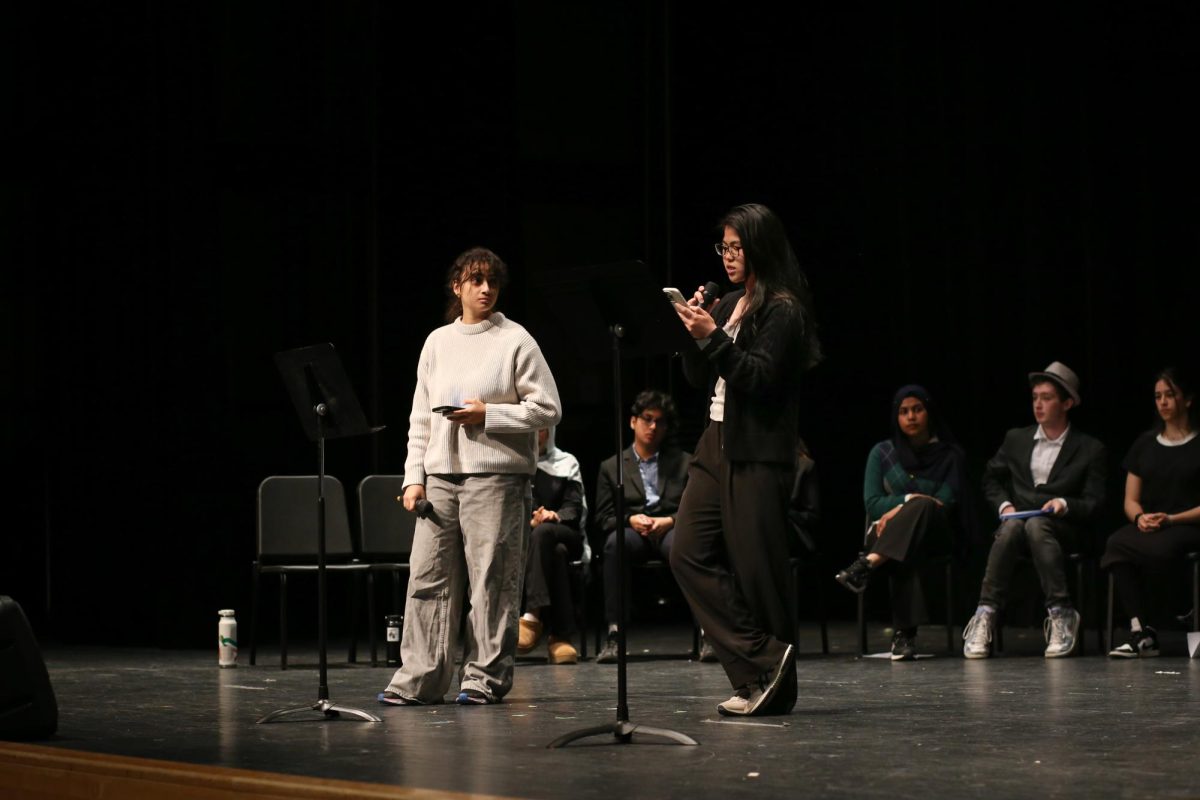













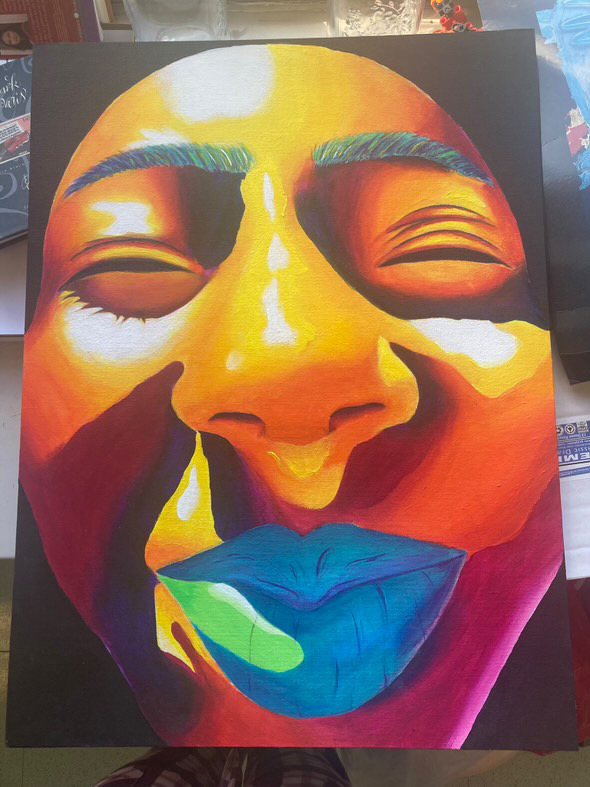
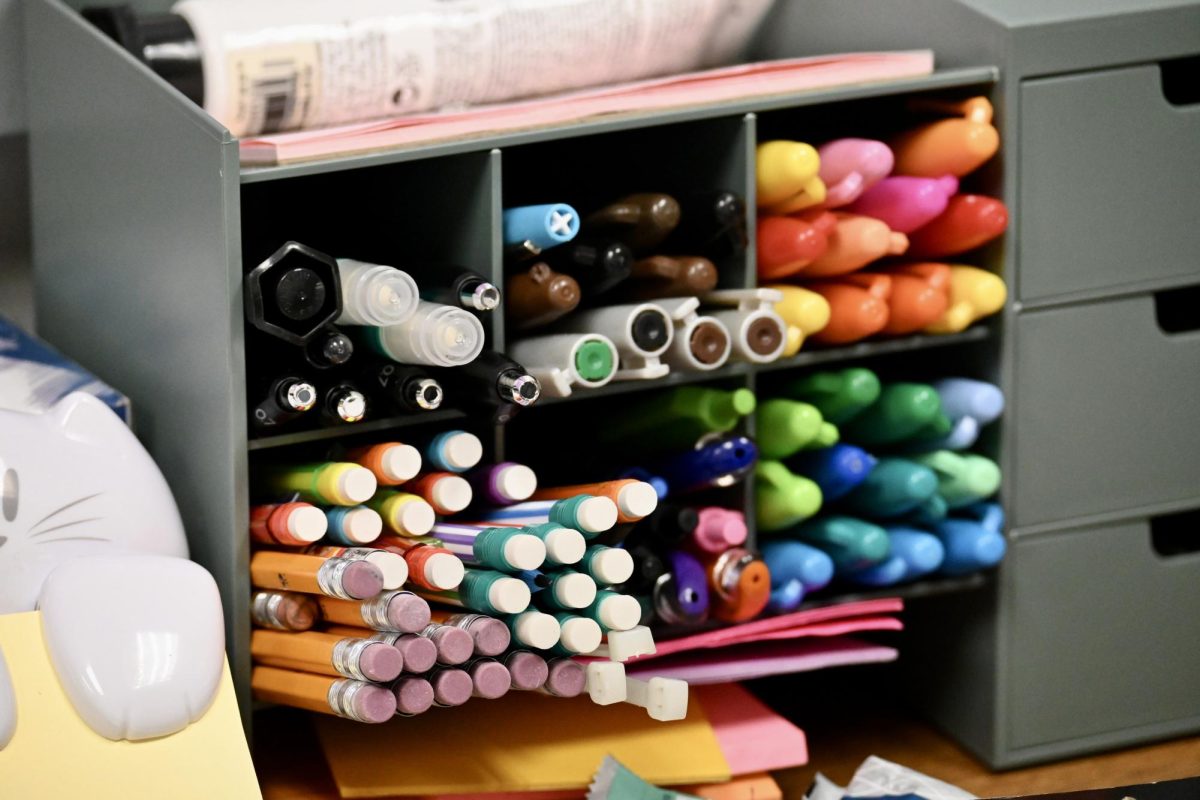
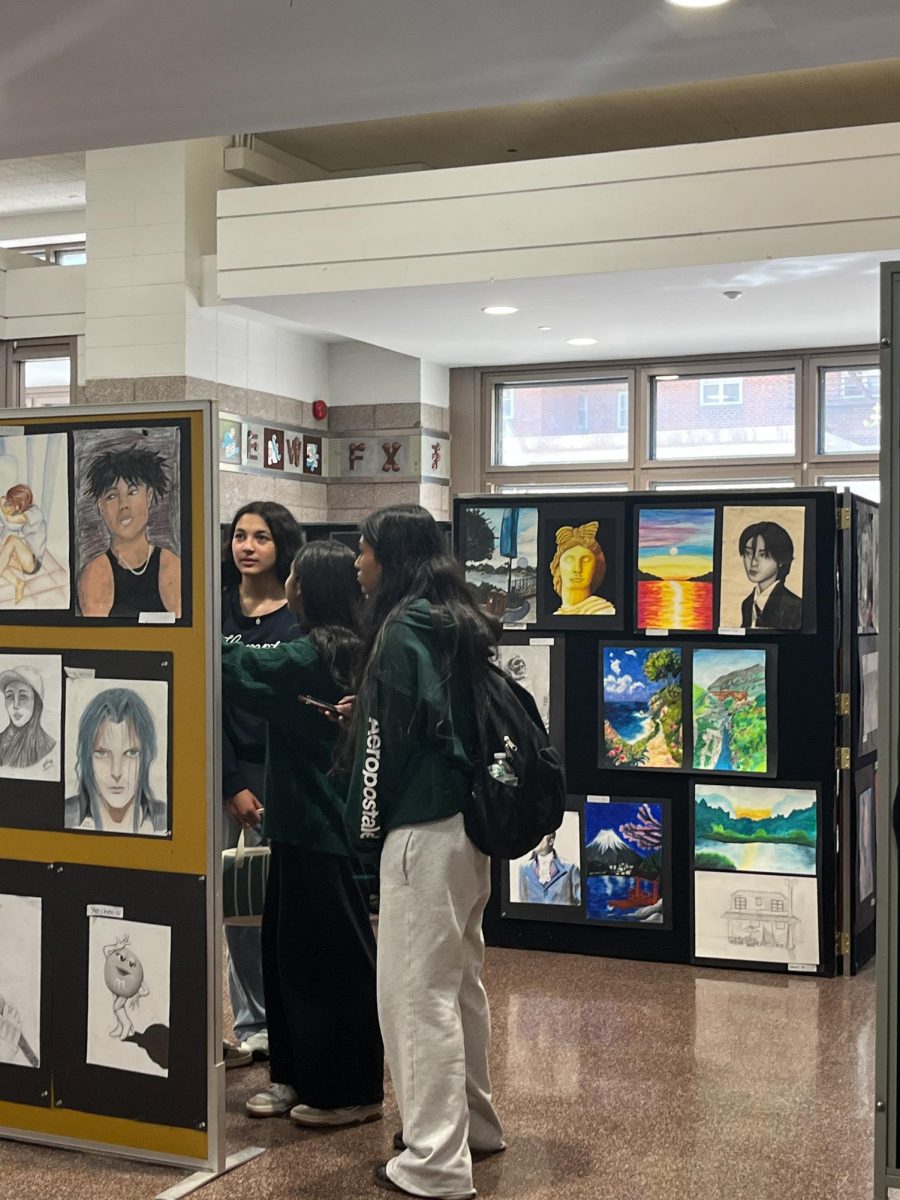
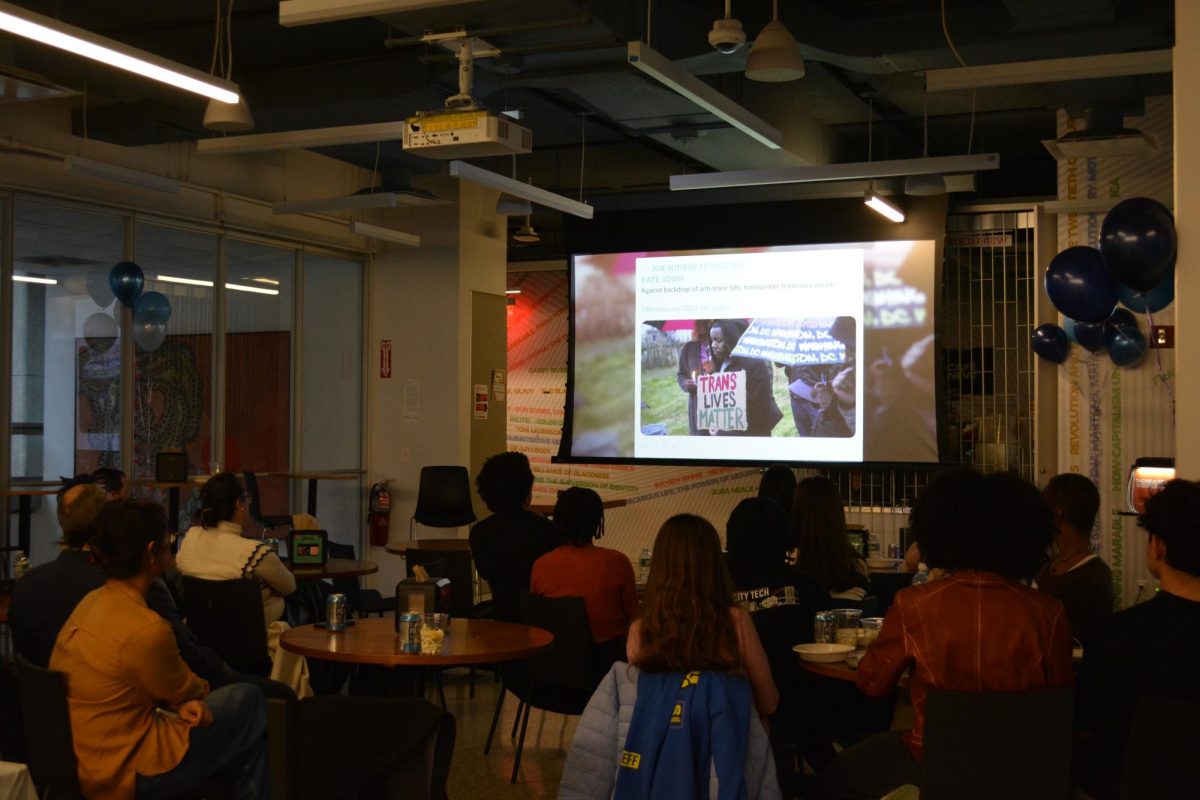






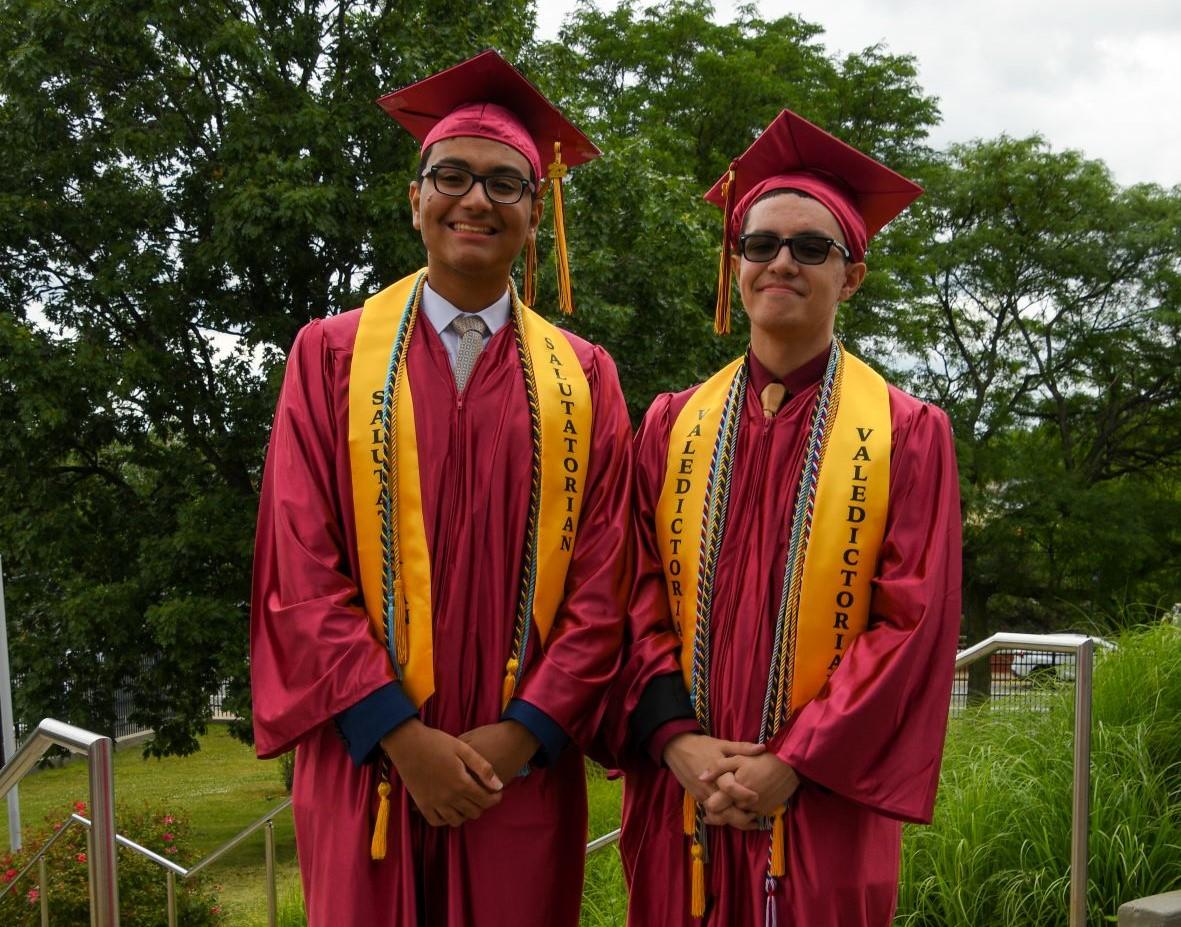
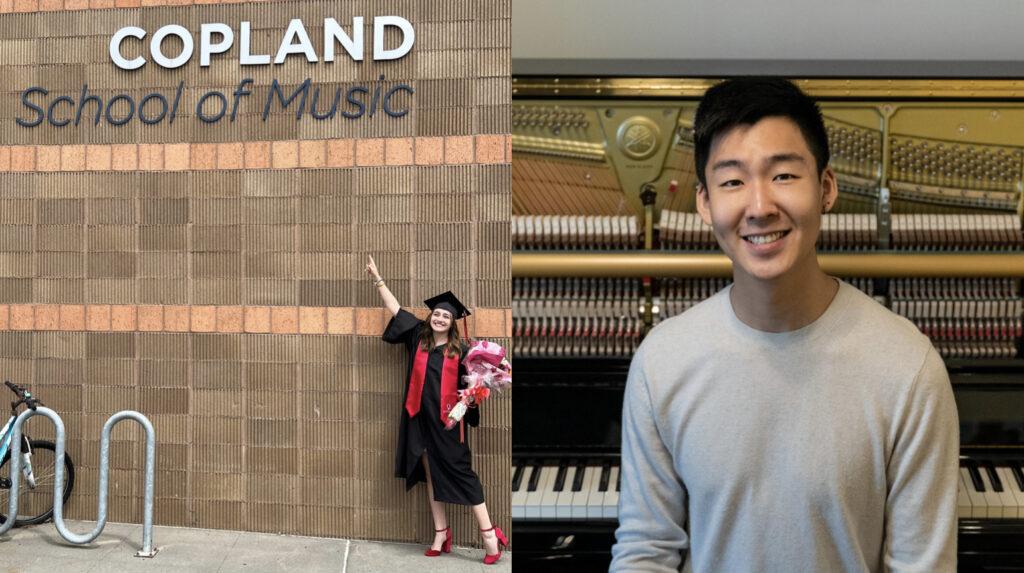

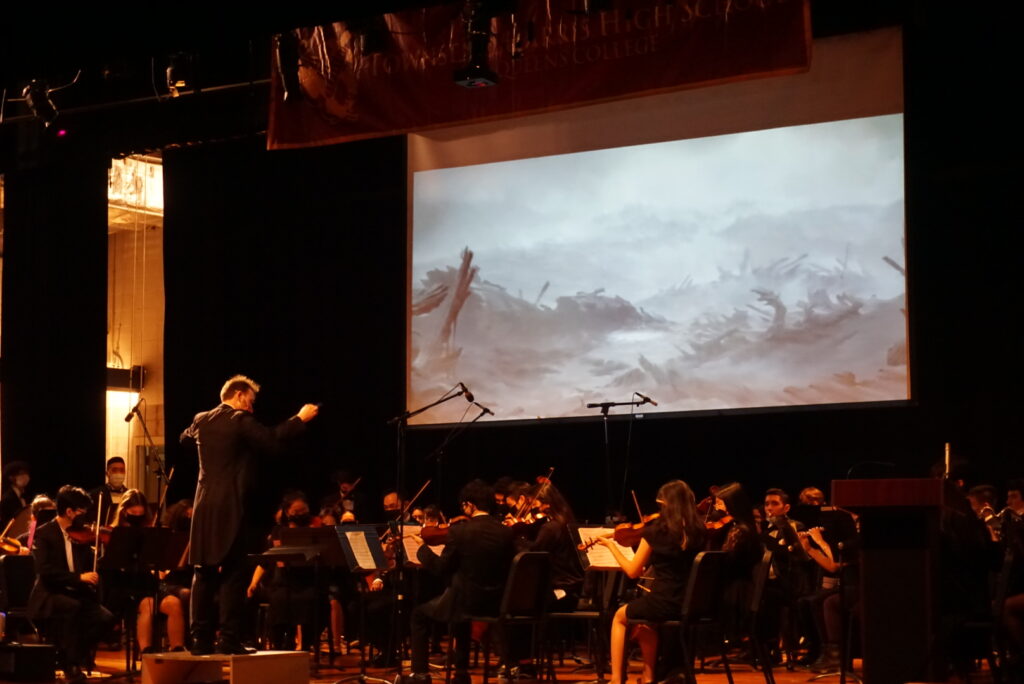

Casey • Nov 29, 2016 at 6:34 pm
So good!!! Wow!!!!!